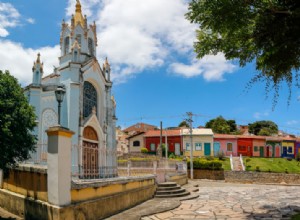Oswaldo Cruz was a sanitarian who bequeathed a great contribution to public health in Brazil. He was responsible for campaigns that eradicated yellow fever in Rio de Janeiro and promoted the deratization of the city as a way to fight the bubonic plague. He was also the creator of the vaccination cam




